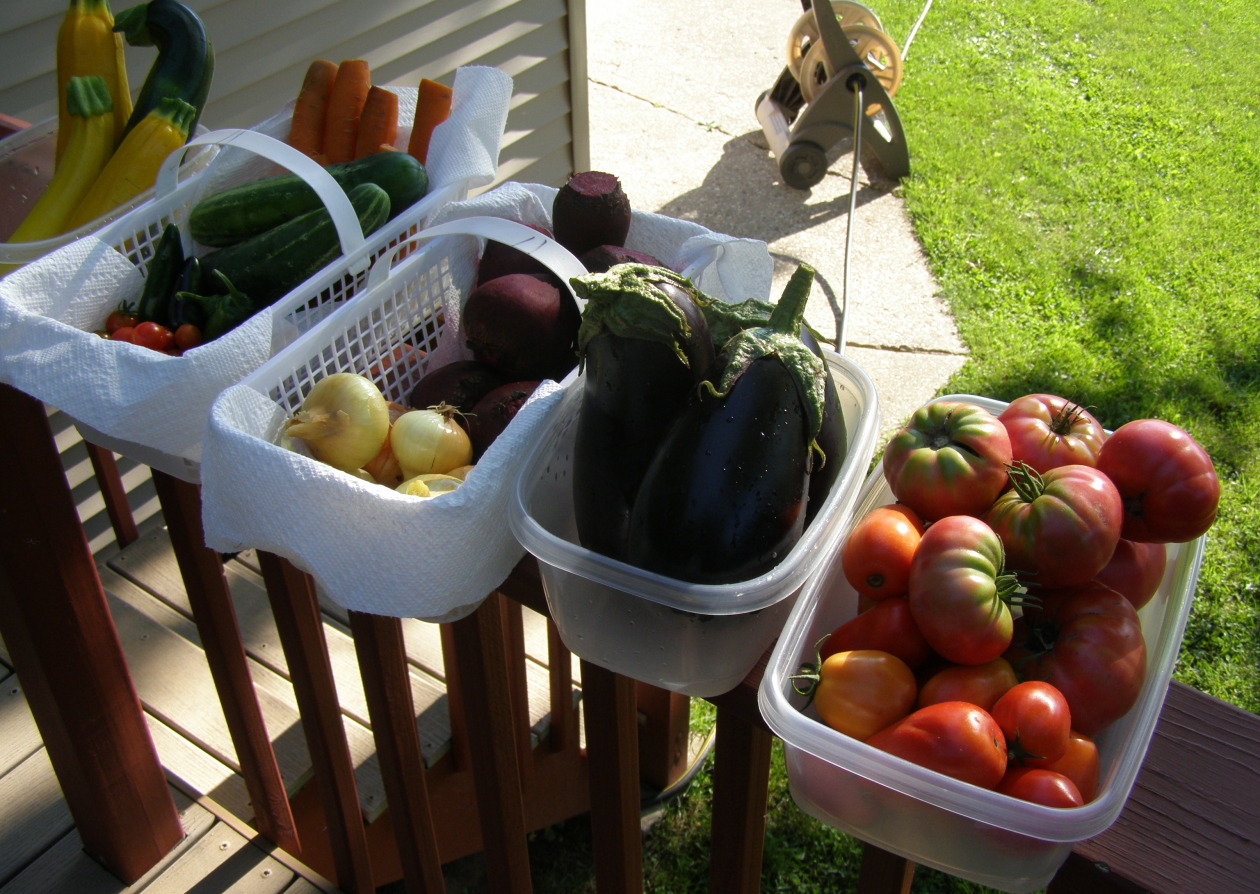My daughter asked me one day if I would help her friend out and tell her what a pressure cooker(PC) is and does. Apparently she had received a PC as a wedding shower gift, and she was not familiar with it. And to be honest, other women I have talked to are afraid of using them. Maybe it’s the horrible stories of the pressure cookers exploding and badly burning the poor cook who innocently put it on the burner just minutes ago, or maybe it just looks intimidating. I just purchased my first PC around 5-6 years ago. I consulted the Test Kitchen’s recommendations, and they recommended a Fagor Duo-8 quart, stainless steel model, and while it may sound large, you definitely want a larger capacity. You can only fill it 50% full.
So, how does this contraption work? Let’s use chickpeas as an example: I soak the dried beans for 8-12 hours and then boil them for an hour. With a PC, it’s 9-14 minutes(this does not include bringing the water to boil or natural release). It shaves an incredible amount of time off your cooking. When I ate poultry, I would buy turkey breasts, throw them in the pressure cooker with tomato juice for ten minutes, and I had turkey breast lunch-meat for the week. Simply put, the lid you lock into place with a PC, allows water to reach above the normal boiling point of 212°F and reach 250°F. Food cooked in a PC maintains it’s flavor and moistness. Your food tastes better, and it takes less time to make it, it’s a gotta-have kitchen gadget.
Here is the collection of vegetables I’m using for my broth. There’s carrots, red onion, celery, parsnips, potato, and parsley. Five cups of veggies or whatever is ready for broth. Be sure to clean vegetables thoroughly and then put the vegetables in the PC with a Tbls. of olive oil. Brown the veggies for 5-6 minutes at medium-high, stirring often.
Pour in eight cups of filtered water, lock your lid, and turn the heat to high. You have to keep a watchful eye on the PC, watching for the little button, or the technical name, pressure indicator to pop-up. That means max pressure achieved, so you turn down the heat to a simmer and cook for the recommended time. In the case of this vegetable broth recipe, we are cooking it for ten minutes. Don’t be afraid of the steam escaping and sounding like a loud whistle, it means it’s cooking.
After the ten minutes of cooking, turn off the heat and let(the steam)release naturally. This may take a bit of time, but it’s my preferred method. Carefully strain the broth over cheese-cloth, squeezing the vegetables with tongs to try to release all of the liquid.
As you can see it yields eight cups of broth.
I let the broth cool completely, and divide the eight cups into four freezer-safe containers.
I gave a little lesson to my daughter’s friend about PC’s, but I thought I was being most helpful, when I gave her a PC cookbook. My PC bibles are both by, Lorna Sass, Cooking Under Pressure and Great Vegetarian Cooking Under Pressure.
I hope I’ve assuaged any fears you have about this wonderful kitchen addition. The toughest part of a PC is locking the lid. Other than that challenge, I love it and use it often.

Great post, Doreen! I’ve been thinking about getting a pressure cooker, and love the idea of making my own veggie broth in it.